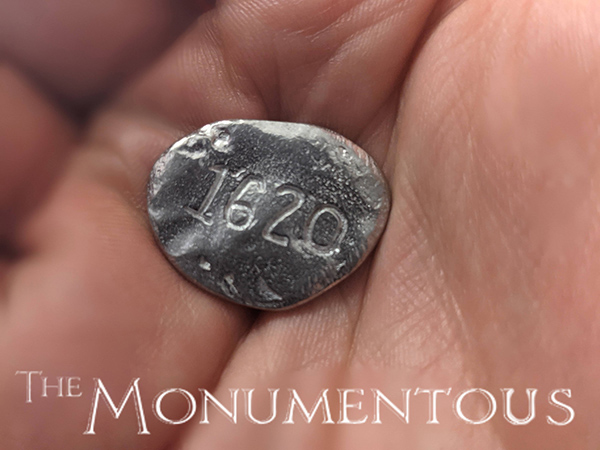 Plymouth Rock became famous for being recognized as the very spot where Pilgrims first set foot on North American land in 1620. Located on the shores of Plymouth, Massachusetts, the truth behind this claim has been in dispute, making the story associated with Plymouth Rock far more significant than the facts. This position between history and legend has allowed Plymouth Rock to become an American icon that drives and defines various activities and interest across the city and country.
Plymouth Rock became famous for being recognized as the very spot where Pilgrims first set foot on North American land in 1620. Located on the shores of Plymouth, Massachusetts, the truth behind this claim has been in dispute, making the story associated with Plymouth Rock far more significant than the facts. This position between history and legend has allowed Plymouth Rock to become an American icon that drives and defines various activities and interest across the city and country.

Where History Meets Legend
The Pilgrims were English settlers who established Plymouth Colony in 1620 after landing in the area that same year. The most significant primary sources on the founding of Plymouth Colony do not mention Plymouth Rock at all and it wasn’t until 1741 that the rock was connected to the origins of the colony.
 That assertion is part of the reason the rock was split in two in 1774, with part of it being used as a symbol that would compel New Englanders to fight for independence from the British. In 1880, these two pieces were reunited and the year “1620” was carved into it. To better protect and allow people to view Plymouth Rock, a canopy was built but was replaced in 1921 by a portico that consists of granite columns, iron beams and a Guastavino-tile vault.
That assertion is part of the reason the rock was split in two in 1774, with part of it being used as a symbol that would compel New Englanders to fight for independence from the British. In 1880, these two pieces were reunited and the year “1620” was carved into it. To better protect and allow people to view Plymouth Rock, a canopy was built but was replaced in 1921 by a portico that consists of granite columns, iron beams and a Guastavino-tile vault.
As an essential part of Pilgrim Memorial State Park, Plymouth Rock has helped to cultivate an incredible amount of activity for the area. Numerous shops and stores are located all around Plymouth, many of which feature representations of Plymouth Rock or use it as a means of identity. Countless tours begin and end at the Plymouth Rock portico, which is setup that allows visitors to easily take pictures of themselves with the icon.
Nearly one million people a year come from all over the world to see Plymouth Rock, with the portico that houses it becoming an attraction in and of itself. The impact it has enabled for the entire region showcases the physical and symbolic power of icons, regardless of their origin.

The Power of Icons
 While no historical evidence exists to confirm Plymouth Rock was the place where the Pilgrims stepped onto the shores of the New World, the legend it has cultivated around that history has proven to be just as significant. It highlights the ability of icons to define legacies that audiences can connect with as both physical objects and timeless symbols.
While no historical evidence exists to confirm Plymouth Rock was the place where the Pilgrims stepped onto the shores of the New World, the legend it has cultivated around that history has proven to be just as significant. It highlights the ability of icons to define legacies that audiences can connect with as both physical objects and timeless symbols.

